When it comes to buying groceries at a supermarket, the common consensus is that we want the fruits and vegetables in our cart to be the freshest they can be. We also want what we purchase to be what it actually says it is.
If you’ve ever seen those tiny labels on different fruits and vegetables in supermarkets, I’m sure you’ve wondered why they even exist. Well, those sticky circle-shaped labels are known as PLU codes.
PLU stands for 'price look up,' and it's commonly known as holding what the price of your desired product is.
These codes have been around since the 1990s and provide an easier way for a grocery store checker to identify what the item is with the variety of produce stores have to offer. Especially in deciphering between whether an item is organic or conventionally grown does this code work in their benefit.
Now, although they do hold information regarding the price of your item, they actually hold another key piece of information that you might not have expected.
If you’re interested in buying organic produce, being able to read these codes might be really beneficial to you.
Every PLU code includes four digits. Within the same category of food, variations of these codes exist.
Scroll down to learn more about PLU codes and how to read them.
Thumbnail Photo/ Wikipedia Commons
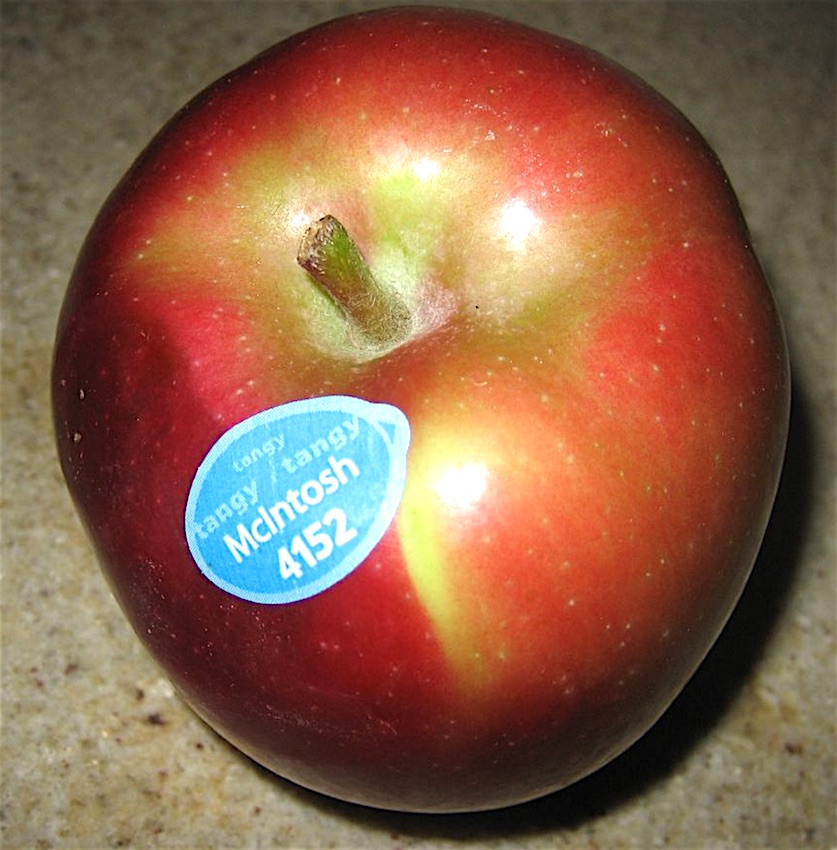
The set of numbers included on a PLU code can give inform you about how the producers grew that particular fruit or vegetable. The PLU codes are randomly assigned to produce within the same 3000 or 4000 series.
Take this apple, for example, and its PLU code. This code can be found on another apple of its specific variety in order to make check-out and inventory control easier.
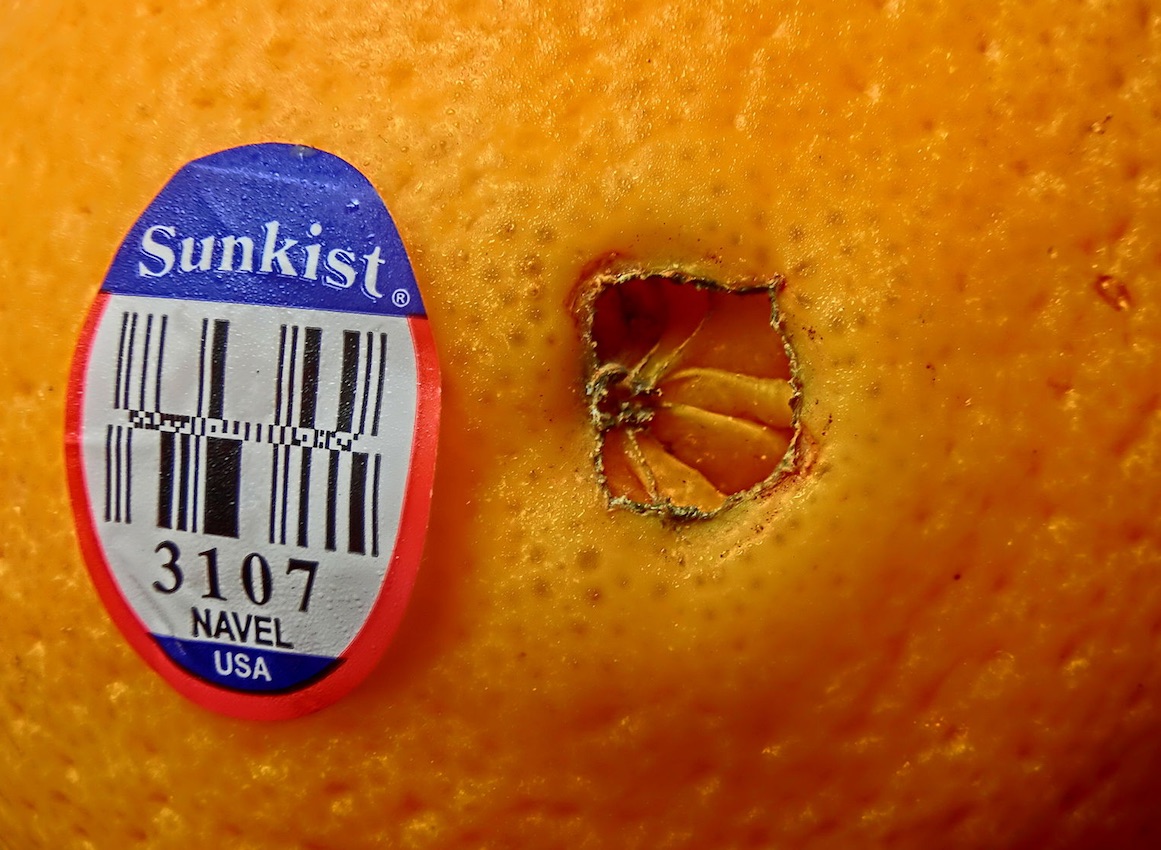
Numbers that are found before the four-digit code are indicative of their commodity, variety, size, and growing methodology.
Fruits and vegetables with a PLU code that starts with either a three or four are usually conventionally grown.
Produce that has a five-digit code starting with the number nine means that it’s organically grown.
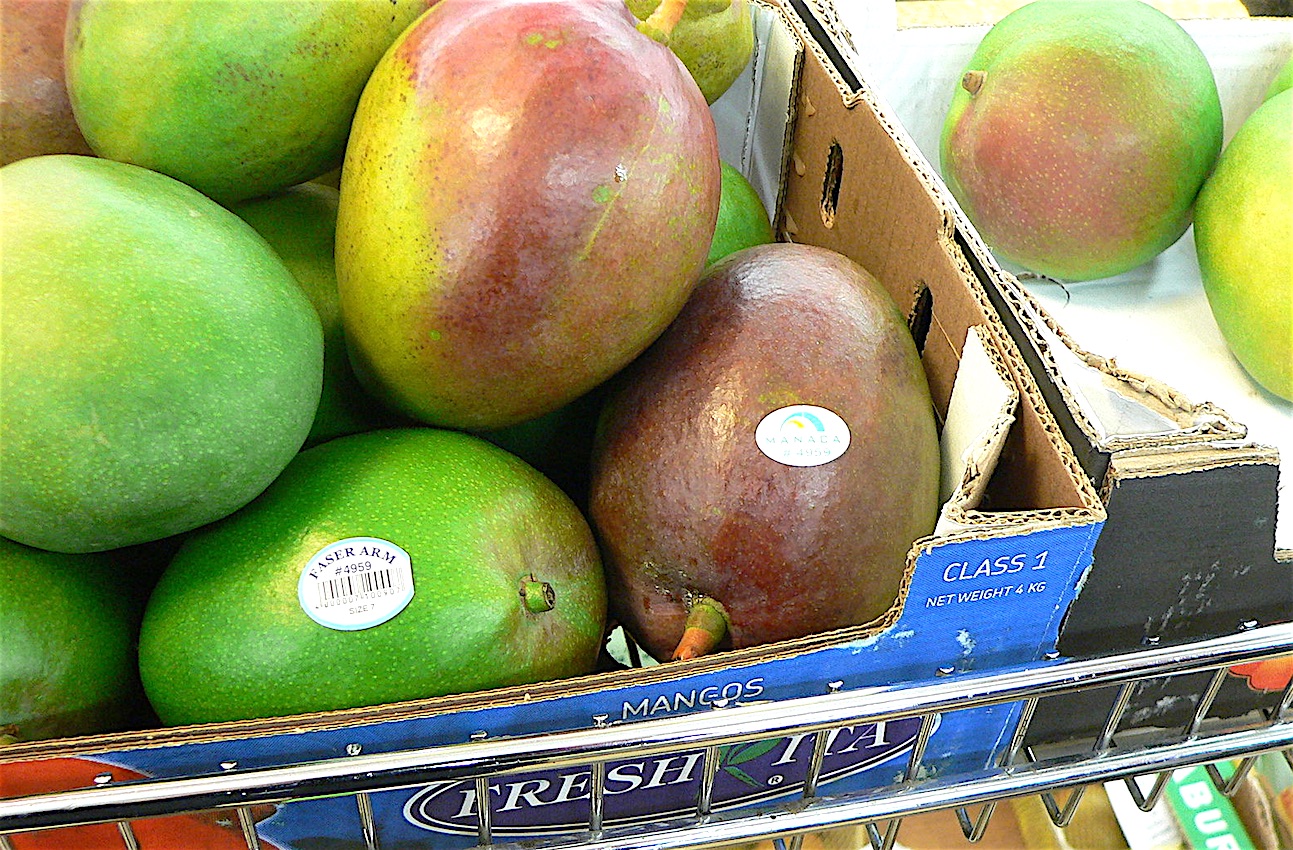
The most interesting number to look out for is the number eight. A five-digit code that begins with an eight means that produce is genetically modified.
Being that the PLU coding system is voluntary, relying on them isn’t always your best bet.
It can be tough to find a code starting with the number eight because genetically engineered produce aren't required to be labeled as such. Producers and organizations alike are concerned that labeling produce with this number will scare people off unnecessarily from buying a particular item that is FDA approved.
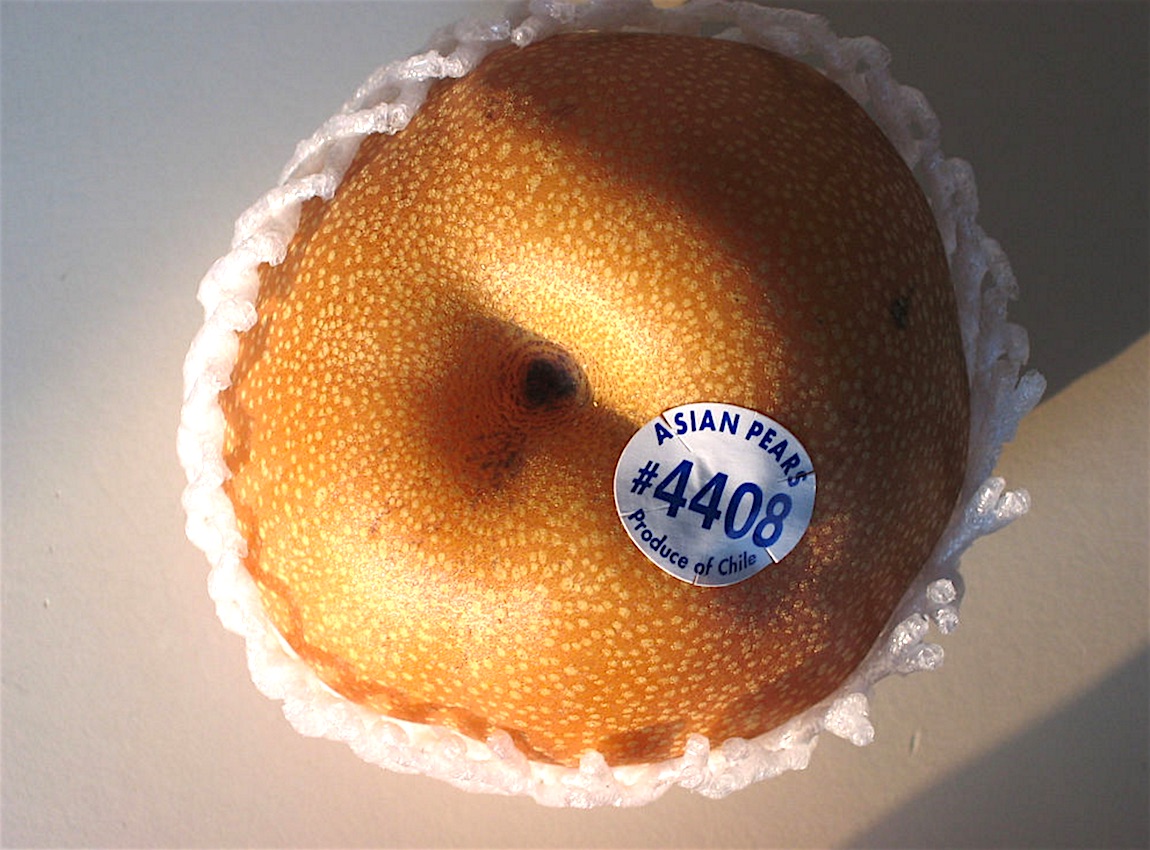
In 2015, Rebecca Spector told the Statesman Journal, “I think the most important thing to know about PLUs is that they’re optional, so they’re not required by the USDA or any federal agency.”
So although these four-digit codes provide useful information, they’re not always the most dependable.
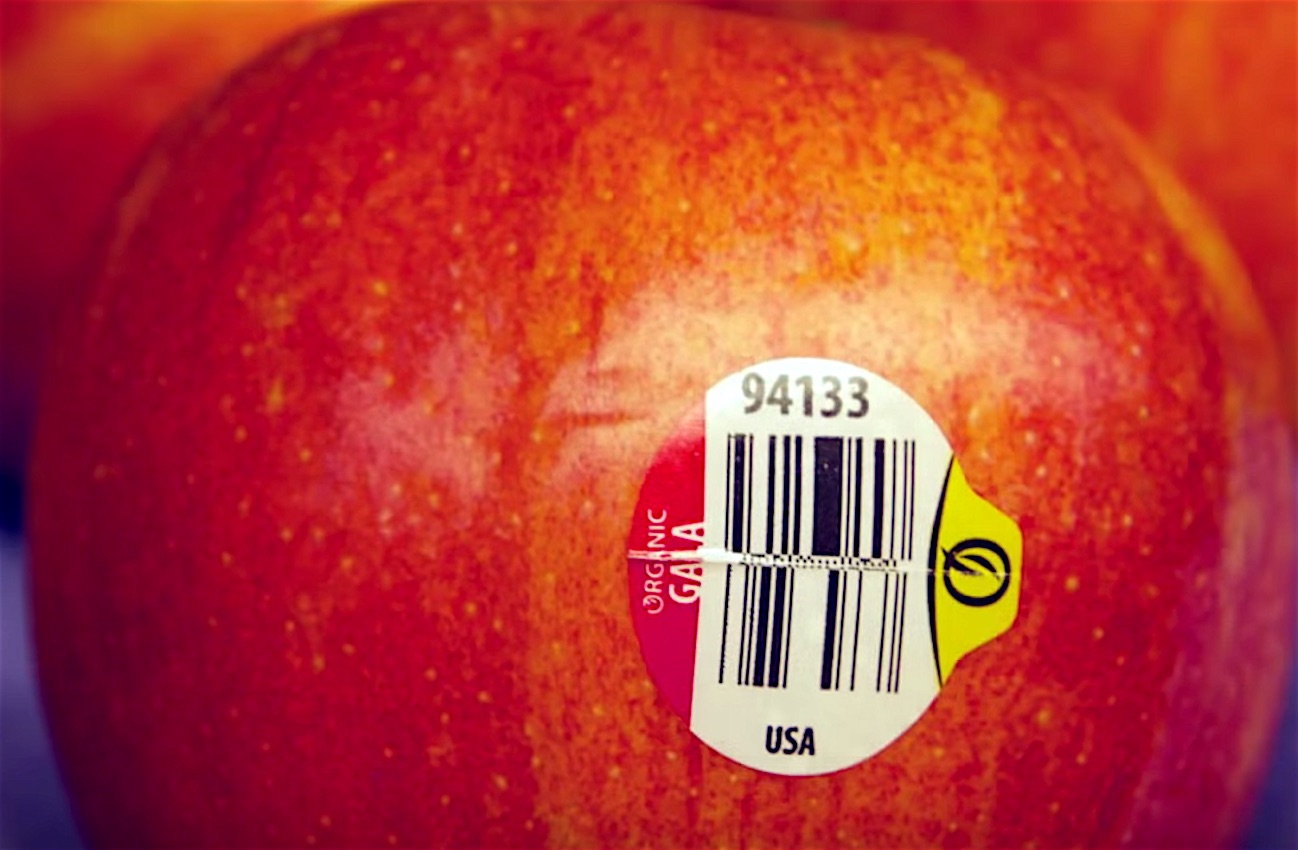
However, if your main interest is finding out which produce is organic, looking for a nine at the start of your code is a sure way of identifying what you’re purchasing.
If you found this information interesting, please SHARE this information with family and friends on Facebook!




